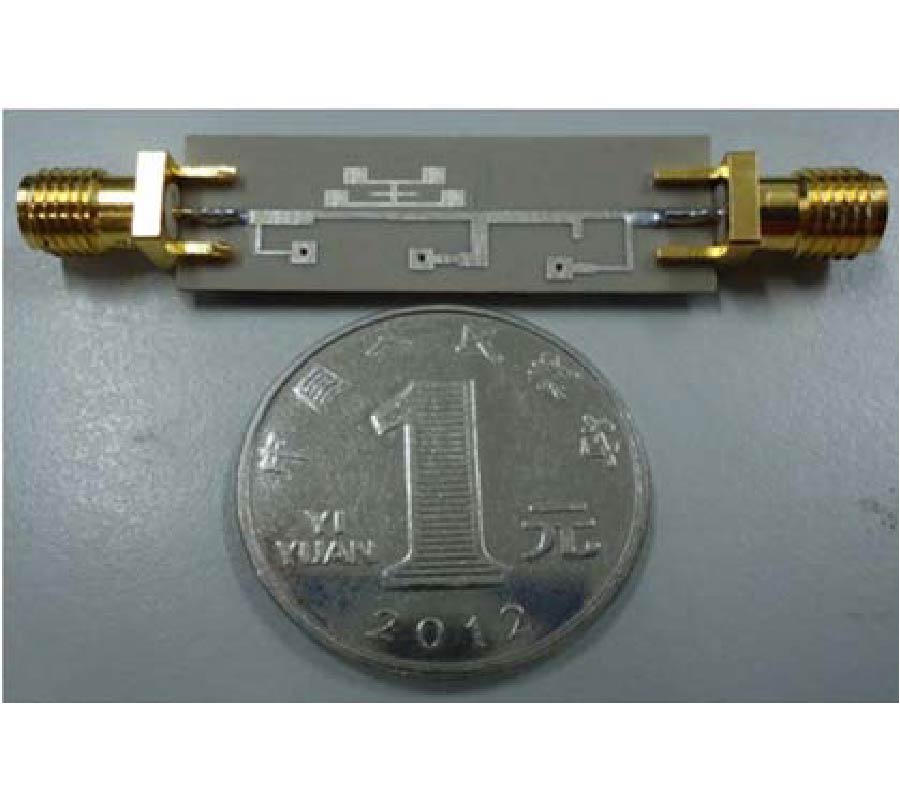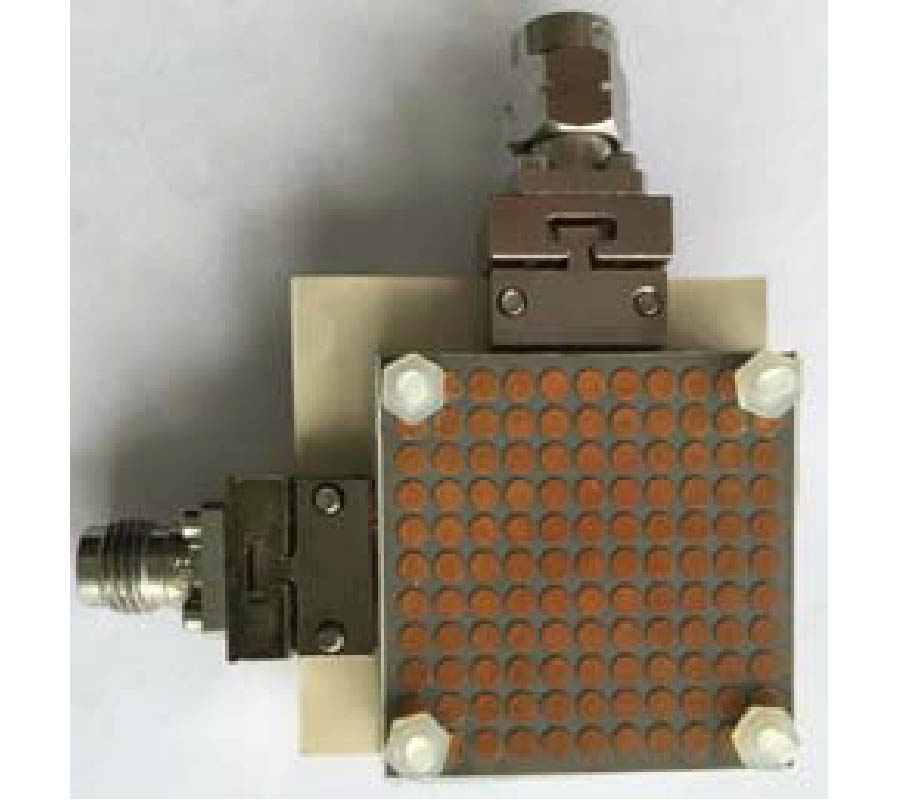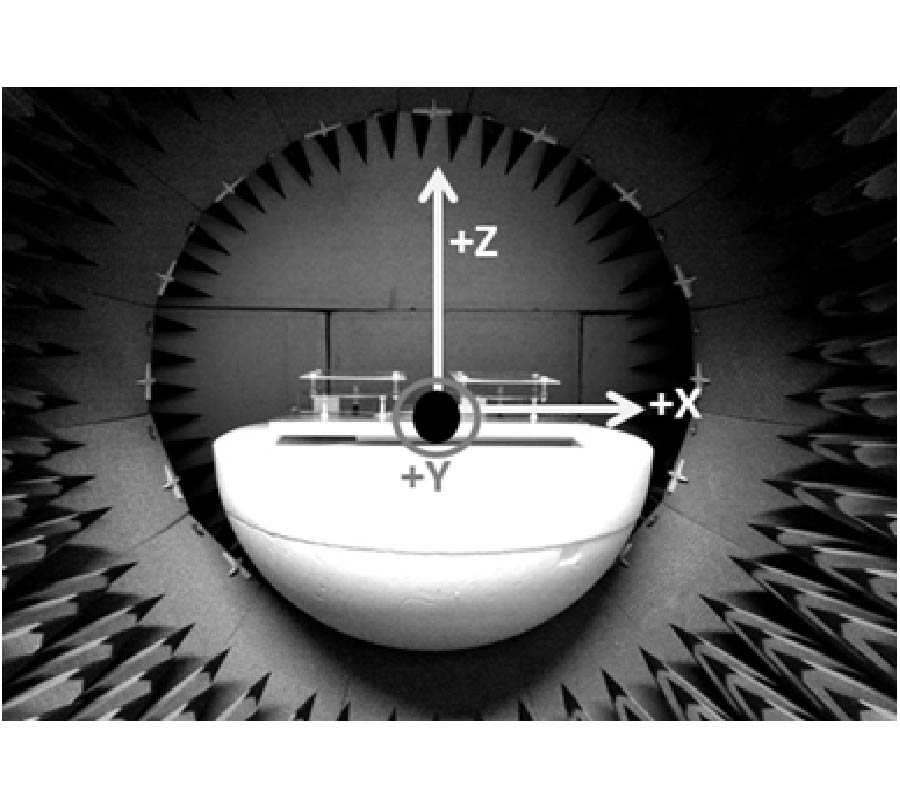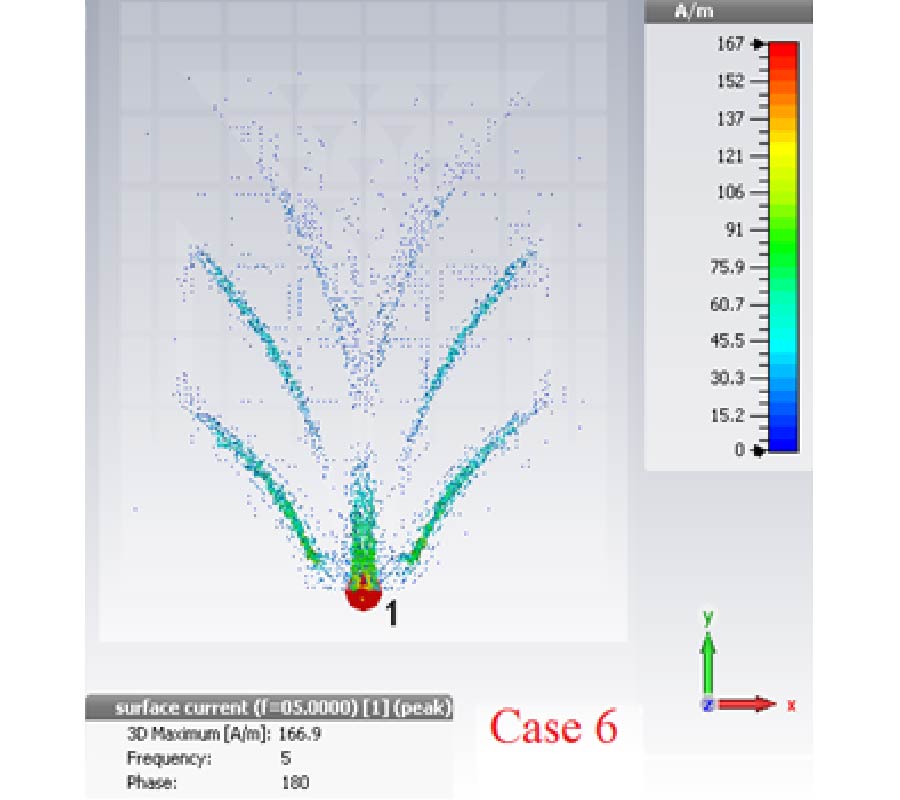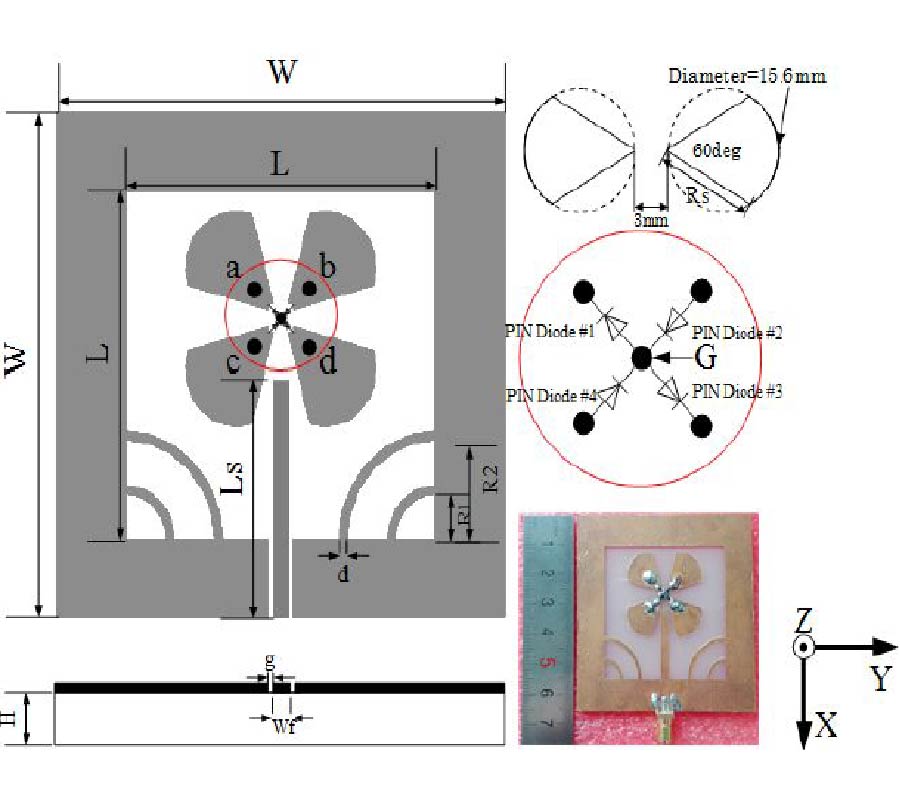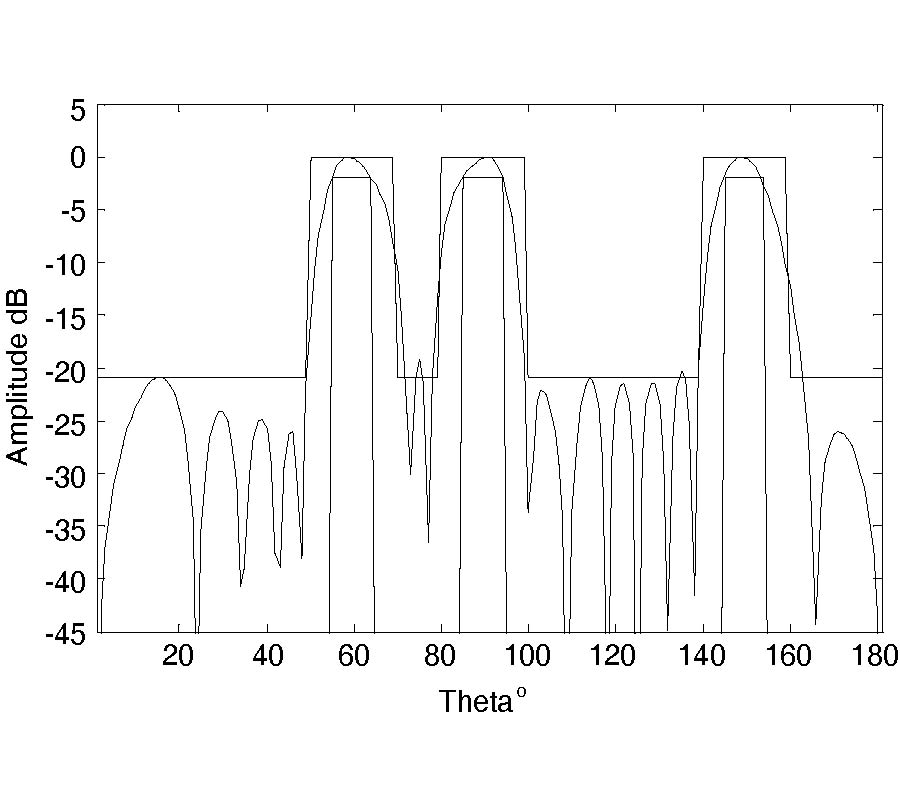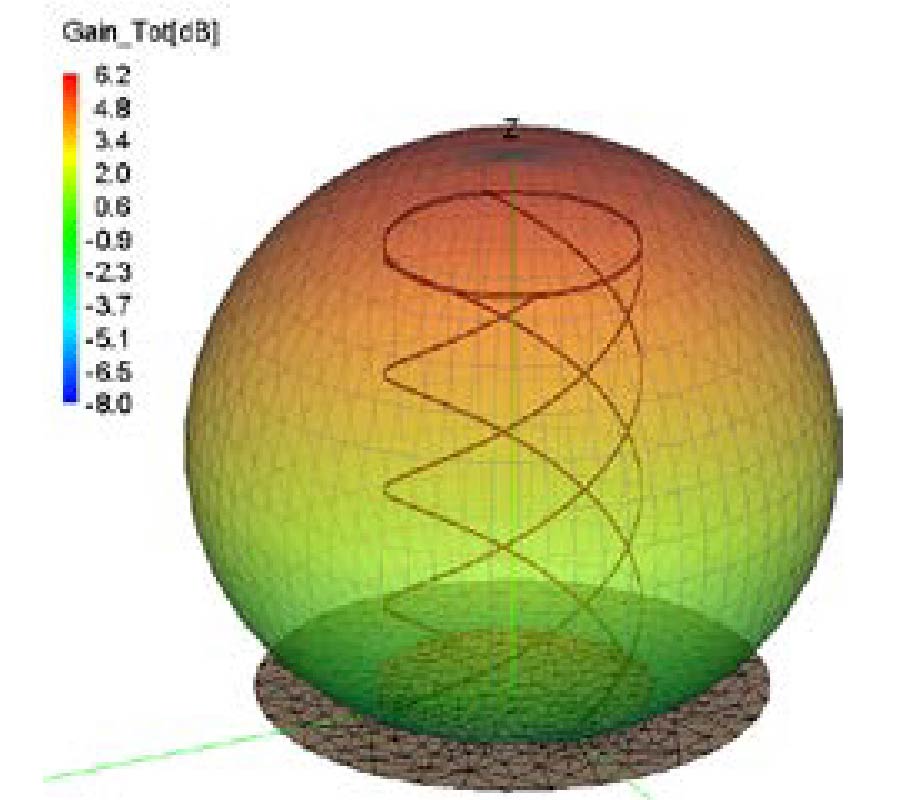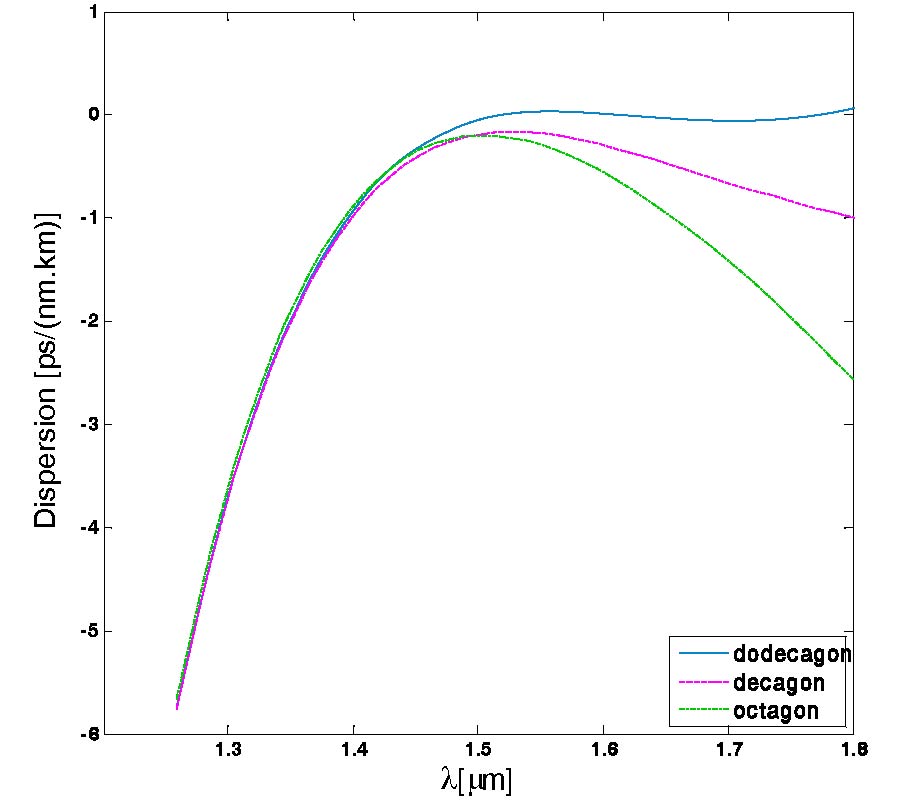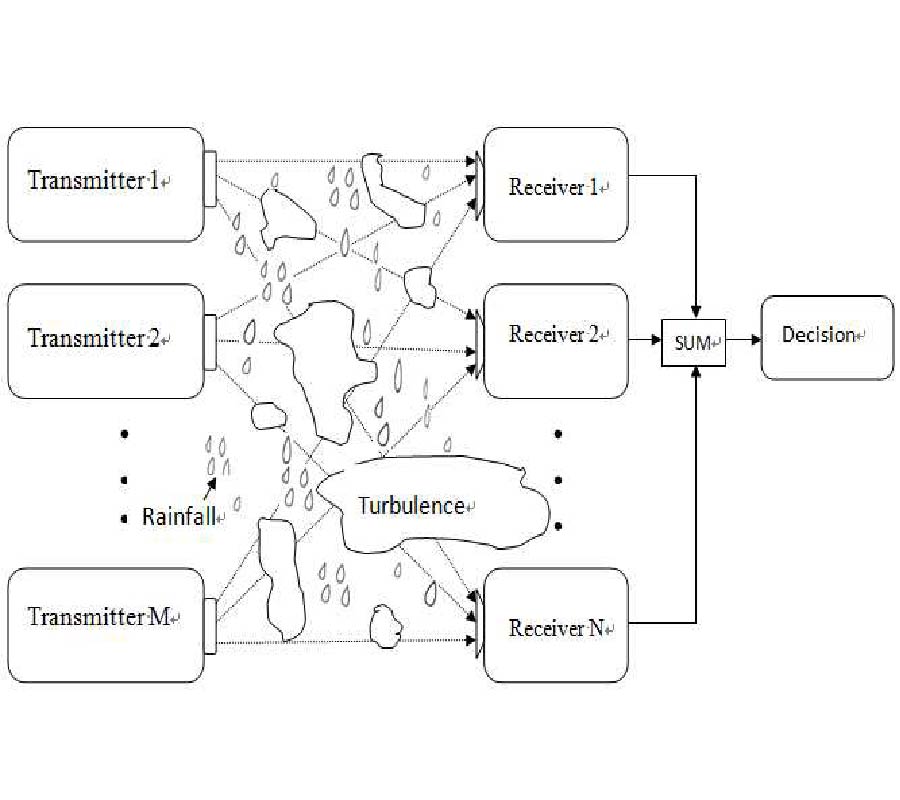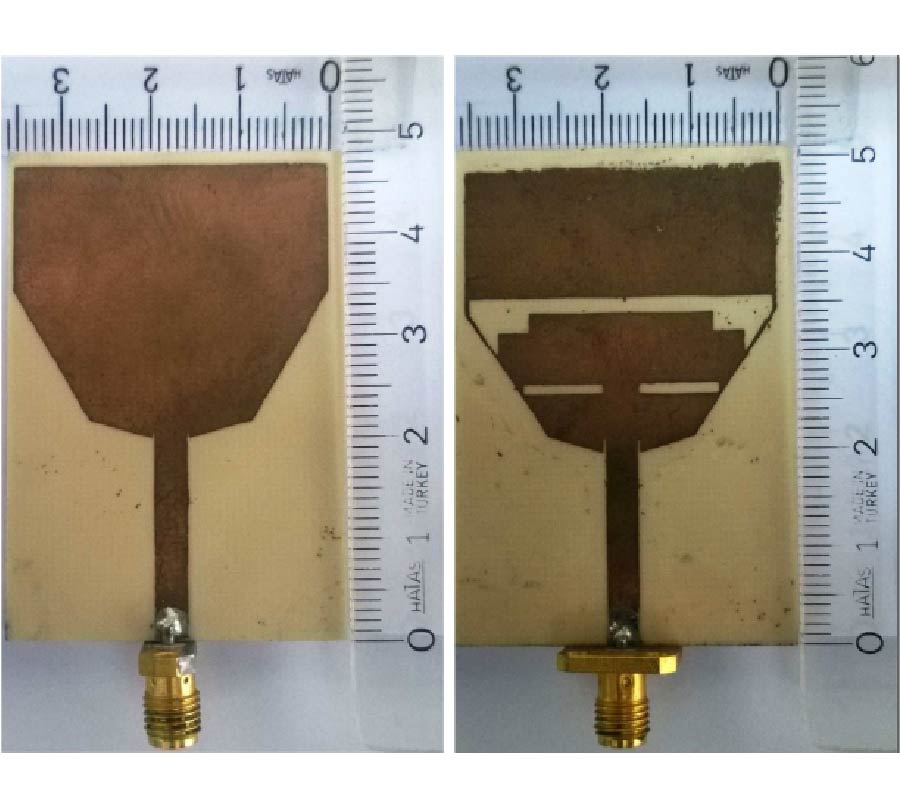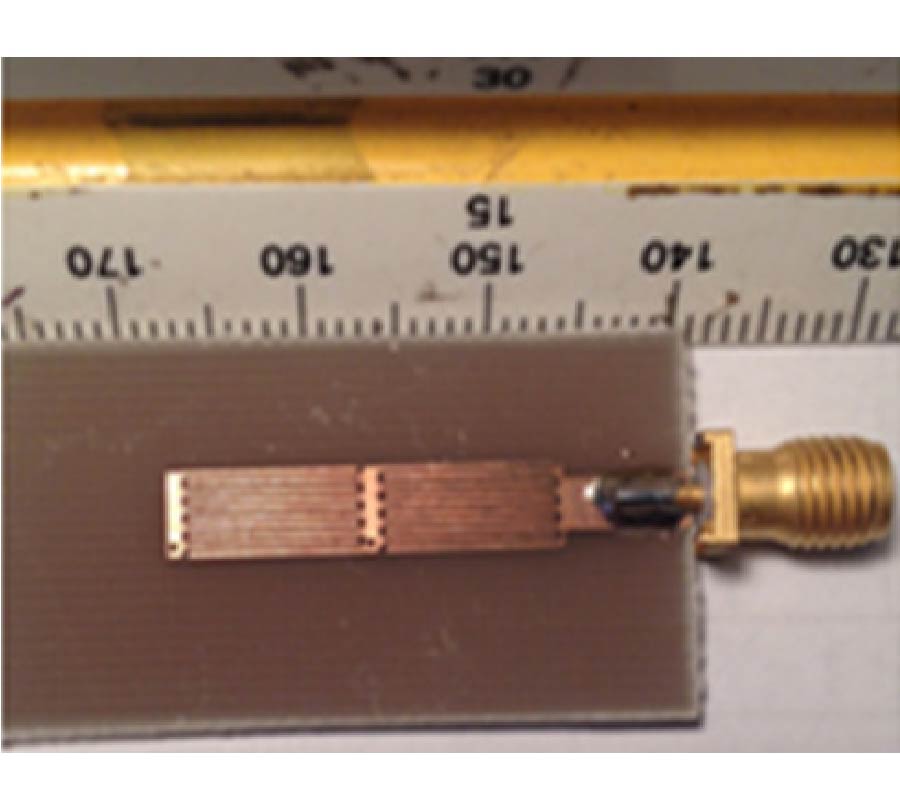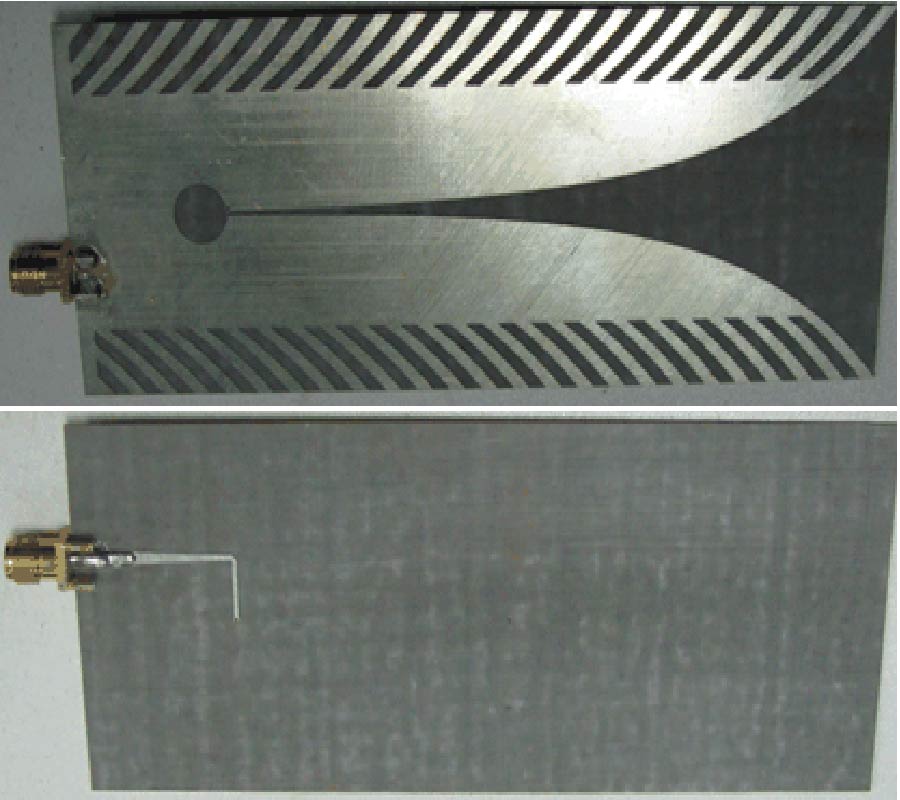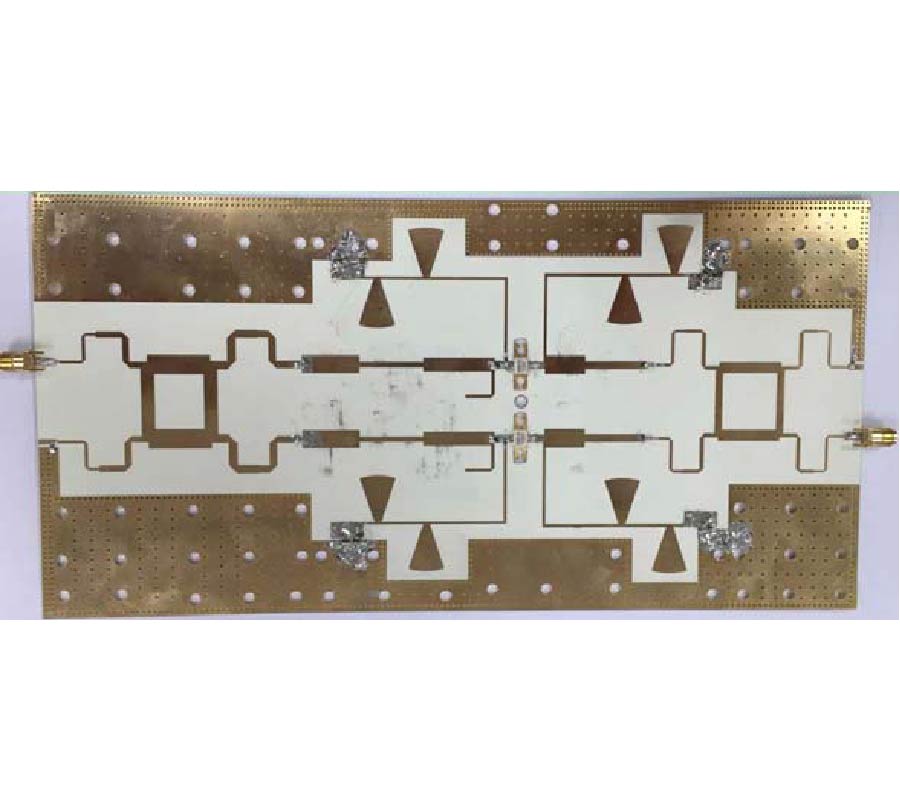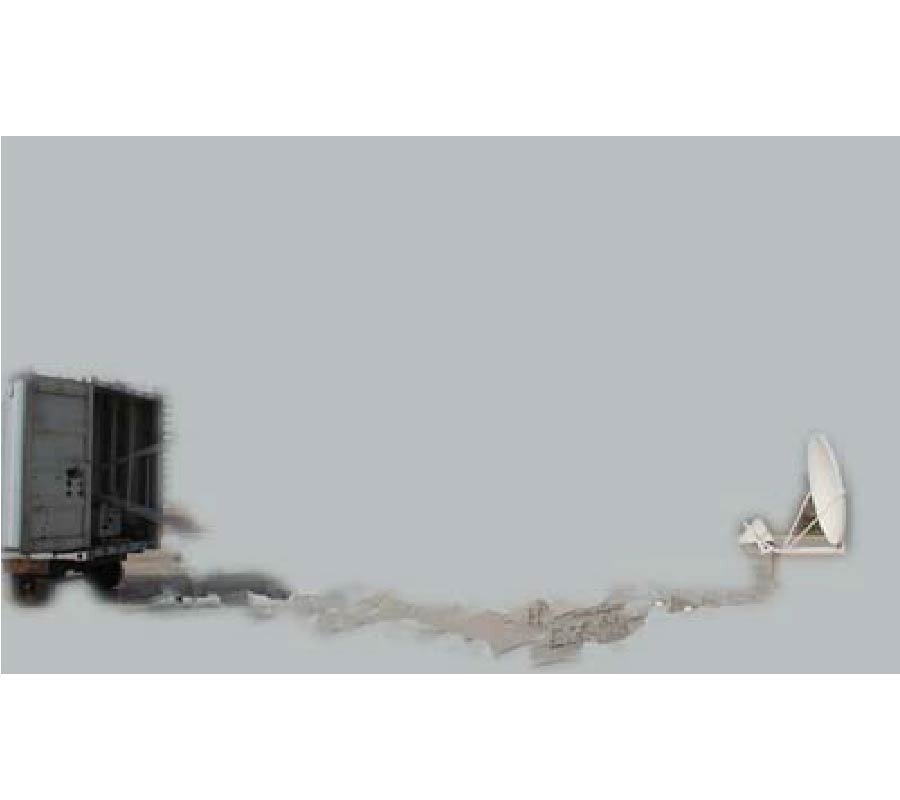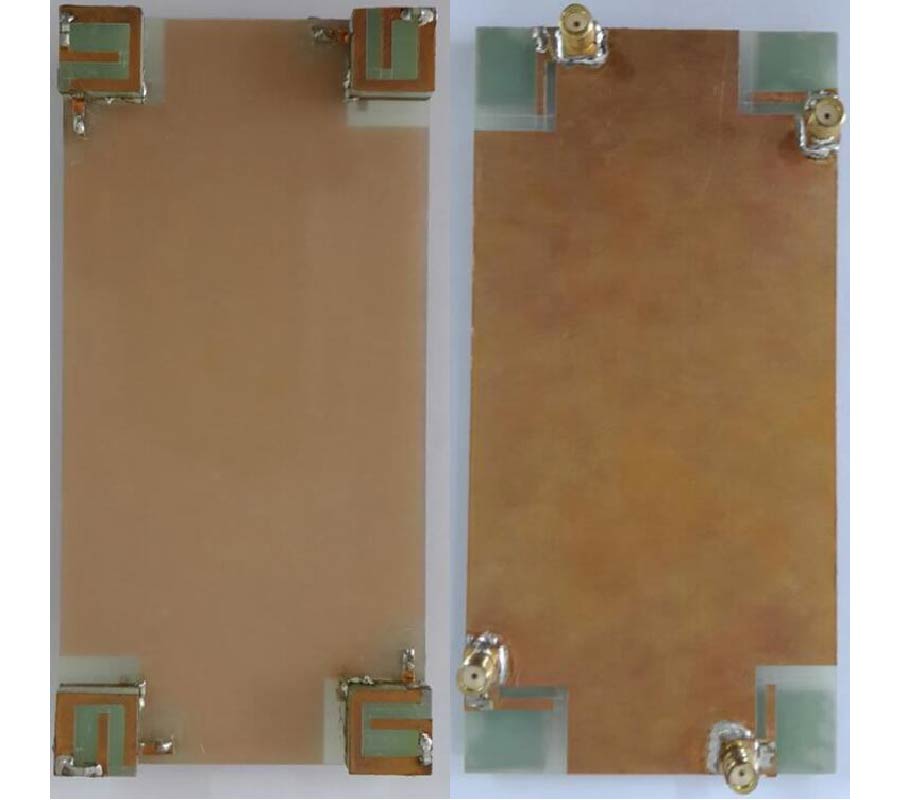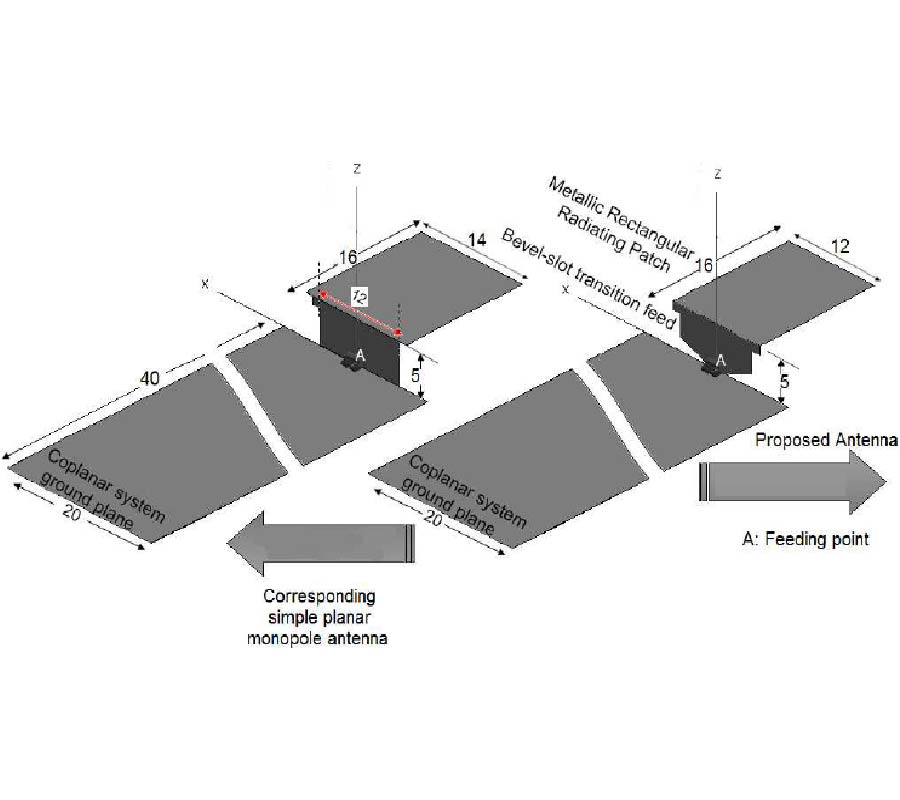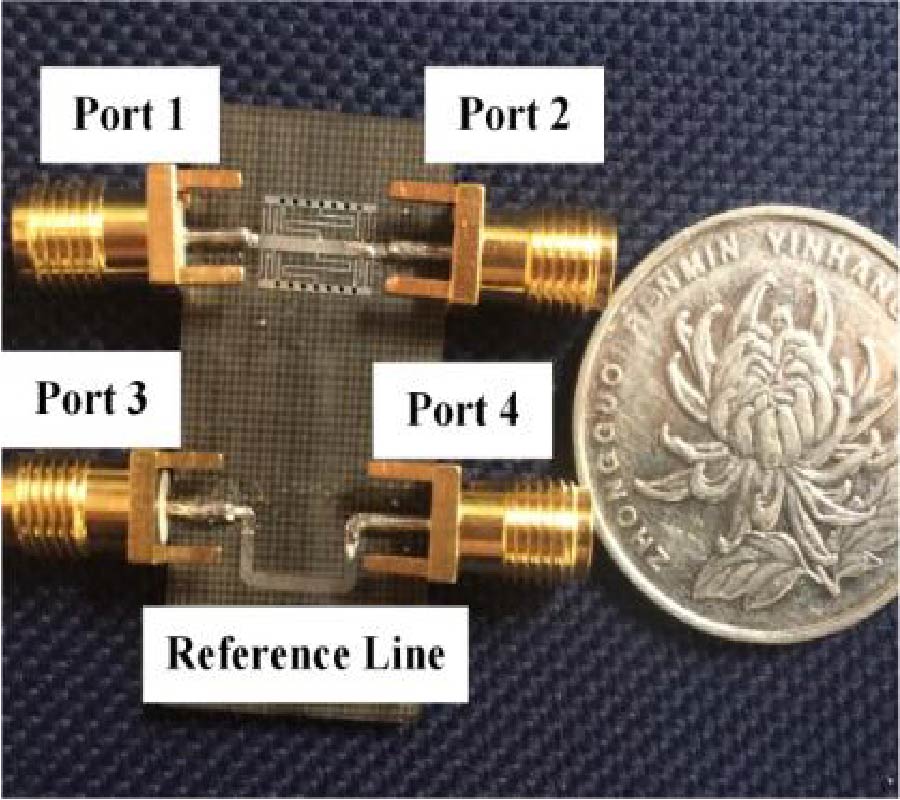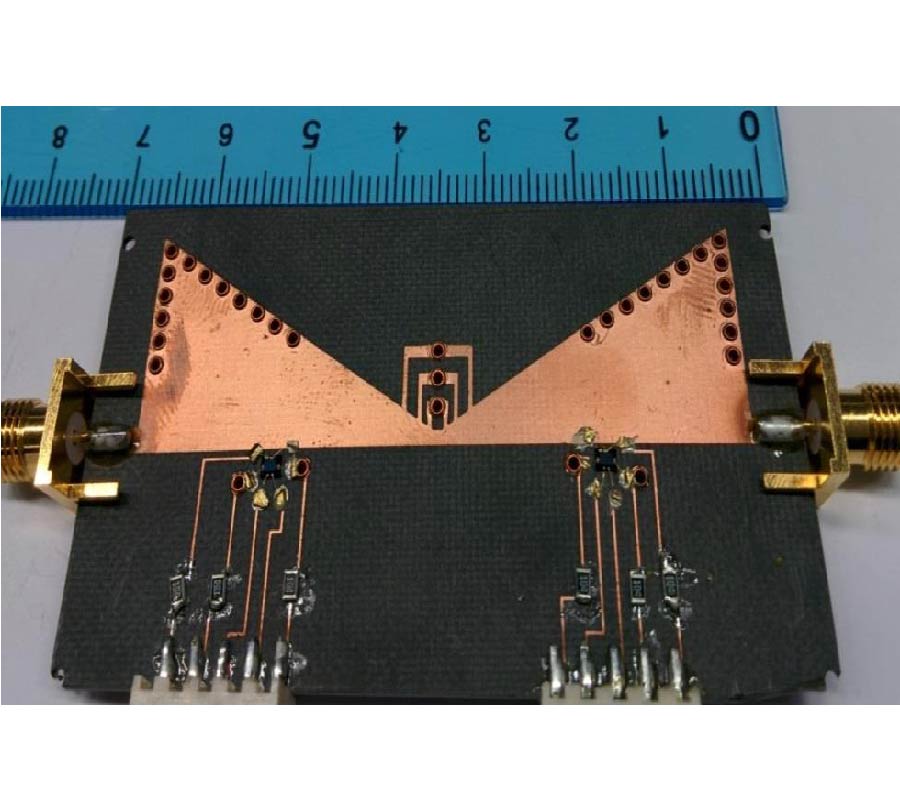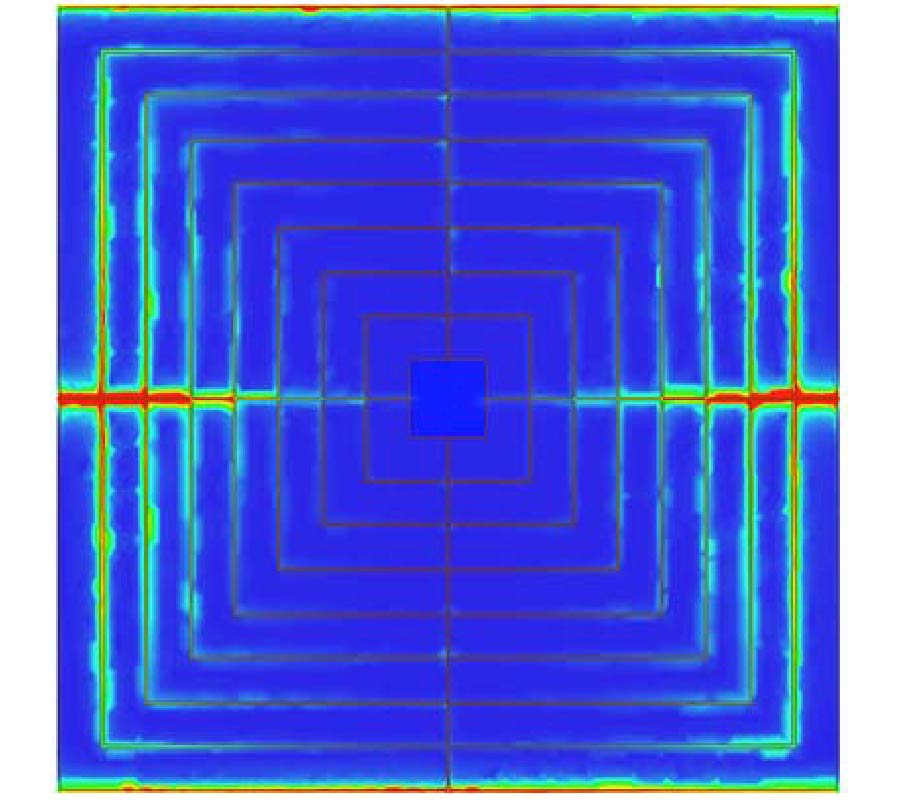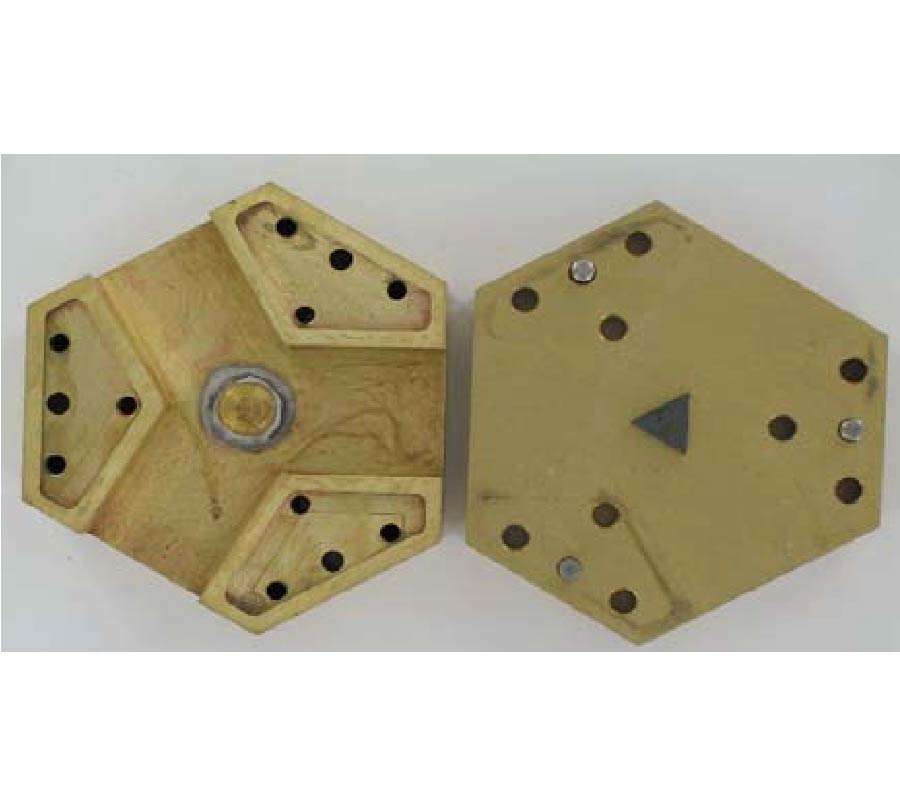Wideband Printed Planar Monopole Antenna for PCS, UWB and X-Band Applications
Goksenin Bozdag
and
Alp Kustepeli
In this paper, a printed planar monopole antenna (PPMA) is presented for PCS, UWB and X-band. The antenna is designed in two stages. In the design of the preliminary PPMA used to obtain the proposed PPMA, the structure is divided into sections, and they are optimized in the sense of bottom to up strategy. The bandwidth is enhanced by employing tapered transitions and inset feed. The resulting antenna operates between 2.37 GHz and 12 GHz with VSWR<2 and an average peak realized gain (Gpr) of 4.95 dB. Therefore, the preliminary antenna can be considered to be suitable for Bluetooth, WLAN, WiMAX, UWB and X-band. The proposed PPMA is designed by implementing slots on the preliminary PPMA to include PCS, and to suppress Bluetooth and commonly used WLAN and WiMAX bands, the ones allocated out of UWB. The proposed antenna operates in the 1.67 GHz-1.91 GHz and 3 GHz-15 GHz bands with VSWR<2. The Gpr in PCS is 1.32 dB at 1.8 GHz, and the average Gpr is 5 dB for the 3 GHz-15 GHz band. The group delay performances are also examined, and the maximum group delay deviations of preliminary and proposed PPMAs are observed as 1 ns and 1.25 ns, respectively.
